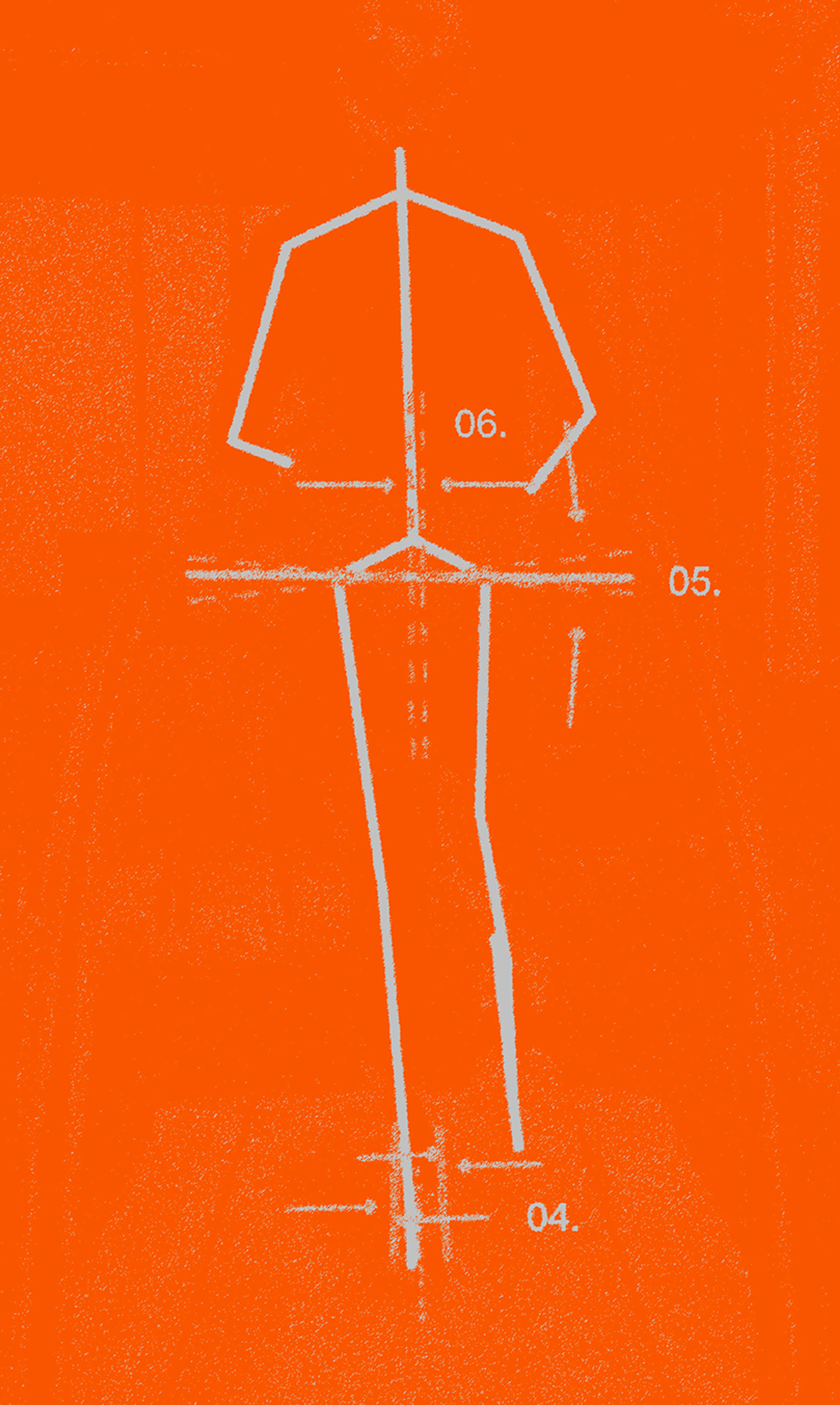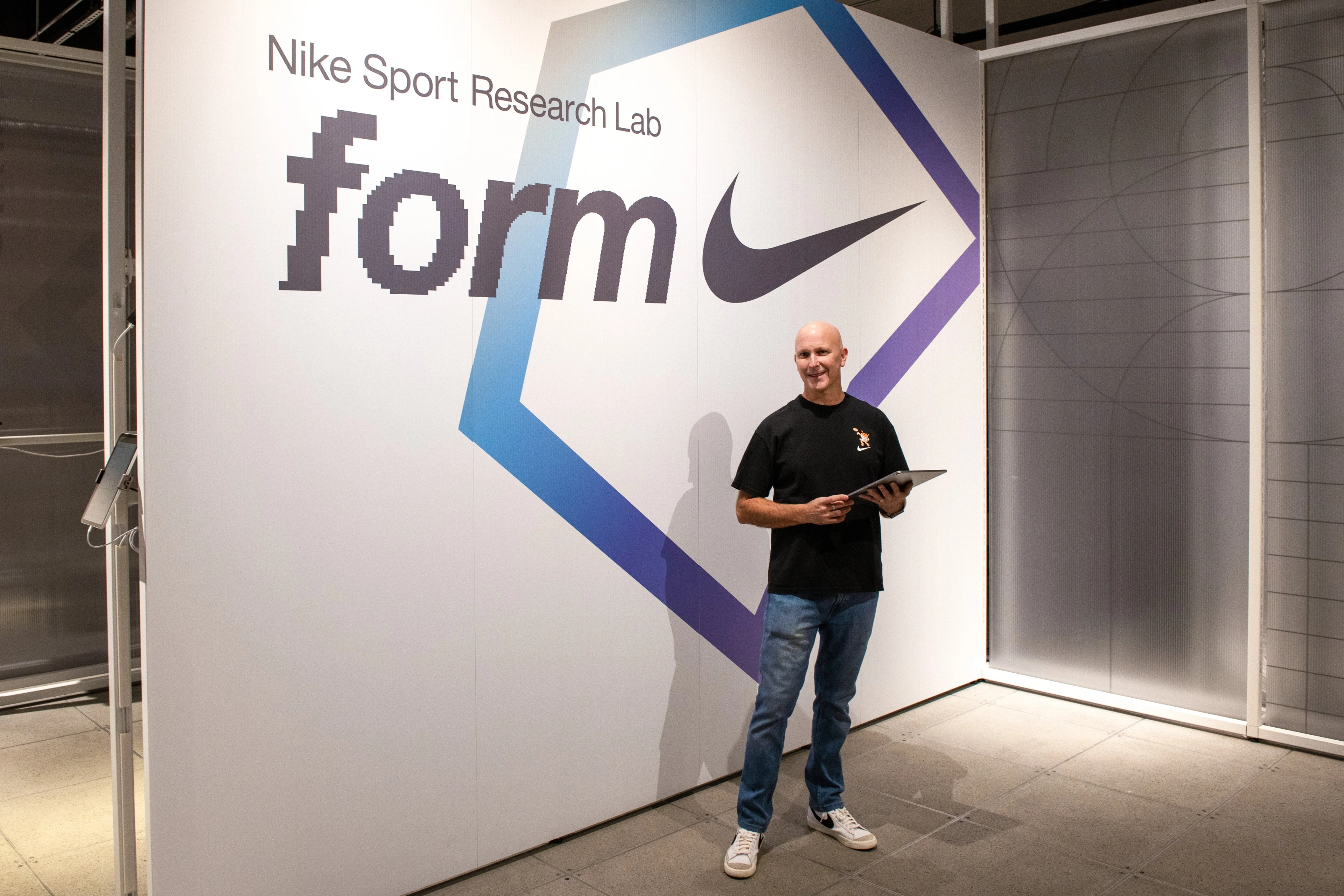How Can I Become a Better Runner?


- October 15, 2025
Answering this question requires paying special attention to word choice, says Blaise Williams, Sr. Sport Scientist with the Nike Sport Research Lab (NSRL). How Nike primarily evaluates “better” in running is in efficiency — or the degree to which someone can spend less energy doing the same movement. That’s how teams inside the NSRL measure what being a better runner looks like. And in that regard, yes, anyone can become a better runner.
How We Approach It
Nike researchers use a range of tools to measure biomechanical efficiency. One of them is NSRL Form, a proprietary movement analysis tool that’s available for athletes to trial right now at select Nike stores. With a two-minute run on the treadmill, NSRL Form collects 150 data points across your body, from the tilt of your head down to the angle of your ankle, to give you a custom readout of your movement pattern. The tool’s algorithm is designed to study how to optimize the way the entire body — not just the lower half — moves through space.
“NSRL Form isn’t just a runner’s tool. It’s a running tool that gives athletes the power to know themselves,” says Williams.
This is where the power of self-awareness comes in. After your 2-minute treadmill run, NSRL Form produces a report with guidance for you; a few simple tweaks to your gait pattern can be all you need to become a more efficient runner. For example, let’s say your step count is below the recommended 160 steps-per-minute cadence. By focusing on slightly quickening your step turnover, your other body positions will adjust accordingly, such as creating less of a forward lean, or repositioning your foot strike to better hit under your body’s center of gravity, which can lead to a more efficient gait pattern. Small adjustments are all a runner needs to help them cover more ground using less energy.

Blaise Williams, Sr. Sport Scientist, Nike Sport Research Lab, Beaverton, Oregon
“We’re empowering athletes through information to make decisions based on how they move."
Blaise Williams
The beauty of a proprietary tool like Form, says Williams, is how its methods are applicable to human movement as a whole, not just running. The cues that can help a runner move more efficiently are the same cues that can help a basketball player or a footballer cover ground more efficiently.
Some recommendations prescribed by NSRL Form can drastically change how a runner moves, like changing your degree of forward lean. Other factors of a runner’s gait pattern are truly part of their biomechanical DNA, like the length of their levers. But no matter your body shape, the activity you do or the shoes you lace up, Williams says there are gains to be made from understanding your current form.
“We’re empowering athletes through information to make decisions based on how they move, regardless of the shoe they wear or even the sport they play.”